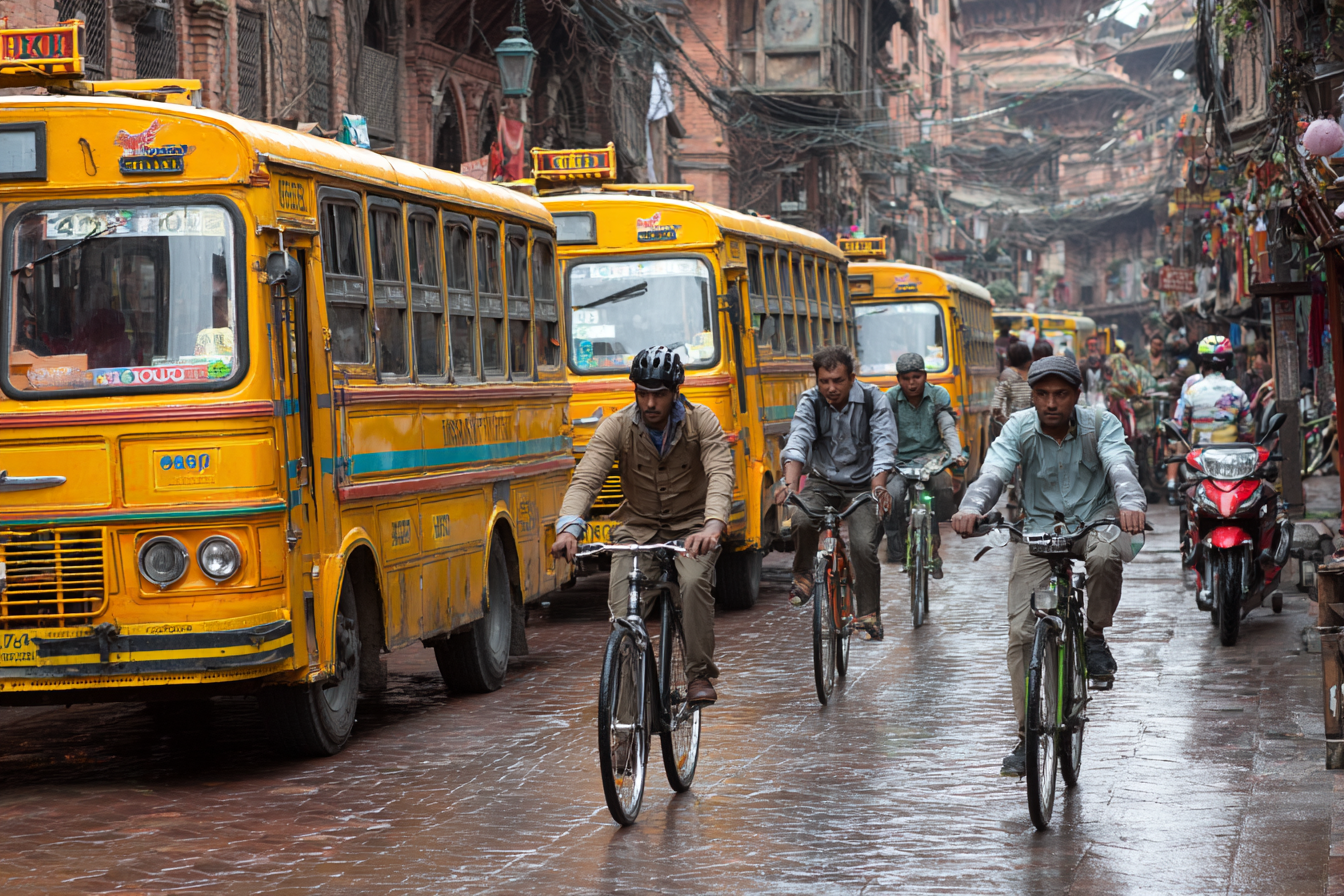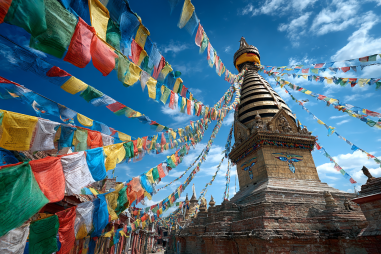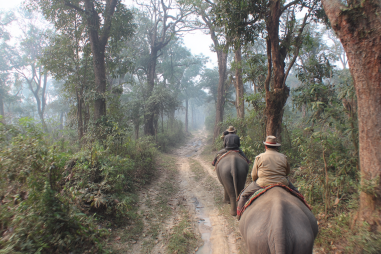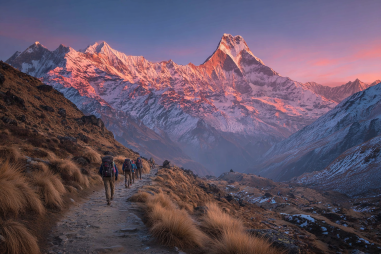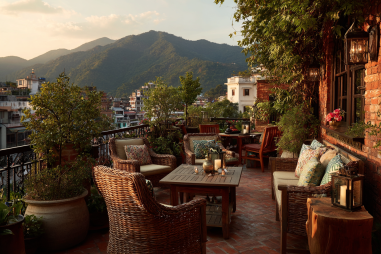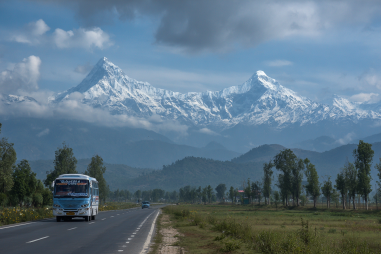If you’re planning a trip to Patan, one of the jewels of Nepal’s Kathmandu Valley, understanding your transportation options will make your visit not only more enjoyable but also much smoother. Patan, also known as Lalitpur, is rich with culture, history, and stunning architecture, and getting around its bustling streets can be a real adventure in itself. Whether you prefer public buses, quirky rickshaws, taxis, or exploring on foot or by bike, this guide will help you navigate Patan safely and efficiently.
Getting to Know Transportation in Patan
Navigating Patan involves a blend of traditional and modern transportation. The city is compact enough that many of its historic and cultural sites are close together, but the roads can get busy and confusing if you don’t have some local knowledge. Public transport, informal taxis, and pedestrian routes all coexist, giving visitors a lot of flexibility in how they explore this vibrant city. Plus, many travelers find that walking or cycling is not only the most enjoyable way to soak in the atmosphere but also the best way to discover hidden corners off the beaten path.
Public Transport Overview
Public transportation in Patan is largely made up of local buses and microbuses that connect the city to Kathmandu and surrounding areas. These buses are an authentic way to experience daily life in Patan, often bustling with locals commuting to work, school, or markets.
While the bus network isn’t always the most predictable or comfortable for tourists accustomed to strict schedules, it’s very affordable and can get you to most major points like Lagankhel, Patan Durbar Square, and neighboring towns. Bus stops might not always be clearly marked, and schedules can vary, so it’s helpful to ask locals or your hotel staff for guidance.
For short-distance travel within Patan, buses may not always be the most convenient as the narrow streets and heavy rush hour traffic can slow them down considerably.
Rickshaws and Taxis
For many visitors, the charm of Patan’s transportation scene lies in its extensive use of rickshaws and taxis. Rickshaws, the pedal-powered tricycles, are a colorful and eco-friendly way to get around the narrow streets where larger vehicles struggle to navigate. They’re perfect for short trips, such as moving between nearby markets, temples, and squares.
Be aware that rickshaw rides can be slow depending on the traffic and road conditions, but the leisurely pace gives you time to appreciate the sights and sounds. Always agree on a fare before hopping in — bargaining is common and expected.
Taxis, though not as prevalent as in larger cities worldwide, provide a more comfortable and slightly faster means of travel. Metered taxis are rare, so always confirm the price upfront. Using local apps like Pathao or Tootle might offer more transparent pricing and convenience, especially during busy times or for longer trips outside the immediate city center.
Walking and Cycling Routes
Patan is an ideal city for exploring on foot. The central area, especially around Patan Durbar Square, is pedestrian-friendly and packed with narrow alleys that are inaccessible to vehicles. Walking allows you to explore this UNESCO World Heritage site at your own pace, stopping at artisan shops, street food stalls, and ancient courtyards.
Cycling is gaining popularity as a fun and efficient way to get around. Several rental shops provide bicycles for tourists, from simple city bikes to mountain bikes for the more adventurous. Cycling paths are not always officially marked, so basic caution is advised on busy roads, but during off-peak hours or in residential areas, cycling is a breeze.
Some scenic routes along quieter streets or nearby parks offer a beautiful, slower way to see neighborhoods that the bus or taxi can’t take you through. Just be mindful that traffic rules are not always strictly followed by other road users, so always stay alert.
Helpful Tips for Tourists
- Language & Communication: While many drivers and rickshaw pullers speak limited English, having your destination written in Nepali can help avoid misunderstandings.
- Safety First: Roads can be chaotic with a mix of pedestrians, vehicles, and animals. Always be cautious when crossing streets and riding any form of transport.
- Bargaining: Don’t hesitate to negotiate taxi and rickshaw fares before starting your trip—this is a customary part of the travel experience here.
- Off-Peak Travel: Try to avoid traveling during early morning and late afternoon rush hours to escape the worst of the traffic jams.
- Local Insights: Ask locals for recommendations on the best transport mode for your particular destination—they often know shortcuts or less congested routes.
- Crowd Awareness: Public buses can get crowded, so be prepared to stand during peak times or consider alternative options if carrying luggage.
What You Can Expect to Pay
Patan’s transportation is generally very affordable compared to many other international destinations. Here is a rough guide to help you budget:
- Local buses: Usually between NPR 15-30 (about $0.10-$0.25 USD) for most routes within and around Patan.
- Rickshaws: Short rides within the city core might cost NPR 50-100 ($0.40-$0.80 USD), depending on distance and negotiation skills.
- Taxis: Starting fares often begin around NPR 150-200 ($1.20-$1.60 USD), with per kilometer charges adding to the total price. Longer trips should always be agreed upon upfront.
- Bicycle rentals: Typically around NPR 300-600 ($2.50-$5.00 USD) per day, sometimes less if you rent for multiple days or negotiate.
Having some small denominations of Nepali Rupees handy will make paying for these transport services easier, especially since change may not always be readily available.
Moving Smoothly through Patan
Exploring Patan is truly a rewarding experience, and choosing the right transportation method can enhance every moment of your visit. Whether you’re weaving through the city streets on a rickshaw, hopping on a local bus for a glimpse of daily Nepali life, or wandering around on foot to soak in historic charm—each mode of getting around offers a unique perspective.
By planning ahead, being prepared to communicate your needs, and staying flexible, you’ll find that moving through Patan is not only manageable but also part of the city’s colorful allure. So pack comfortable shoes, bring your bargaining spirit, and get ready to explore this fascinating destination with ease!

